Before you start planting seeds and transplants into the soil of your raised beds this spring, one of the most important things you can do is to take the time to prepare the soil within them for growing success!
Using raised beds for growing fruit, vegetables, and flowers is a great way to garden without the hassle of a traditional garden. Sure, growing directly in the soil is a wonderful option. However, not everyone has the space or equipment to get an in-ground garden started and maintained.
Raised beds can be placed almost anywhere you have a few extra square feet. That makes them perfect for people who are limited on backyard space, or want a garden space close to their home.
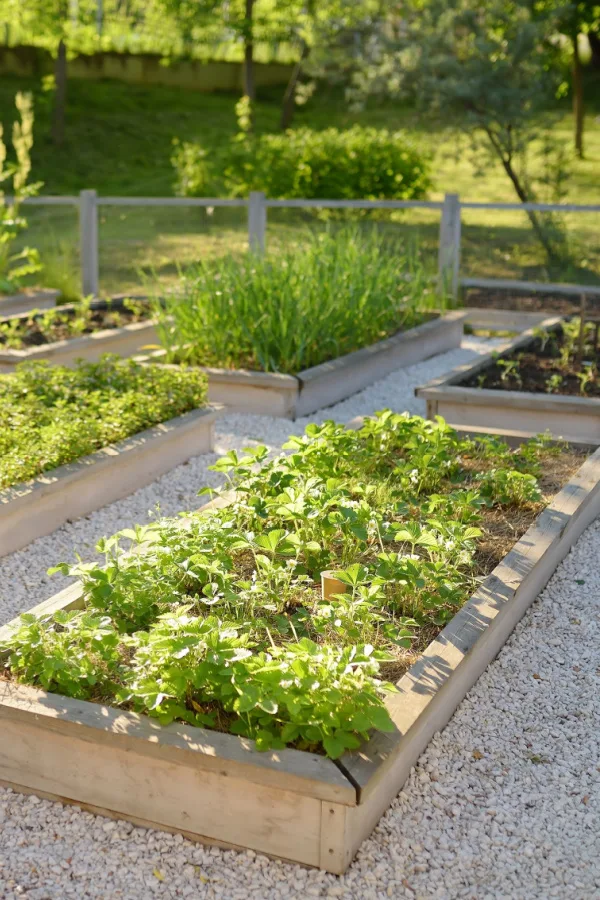
In addition, growing in raised beds can actually be physically less demanding on your body as well. Since everything is up off of the ground, you don’t have to bend over as much. One thing is for sure, it can save on your back and legs!
The only real trick to growing in raised beds with success is making sure you keep the bed walls in good shape, and the soil within the walls active and fertile. With that in mind, here is a look at exactly how to do both with ease!
Preparing Your Raised Beds Before Planting
Make Any Needed Repairs
Raised beds come in all different shapes, sizes, and materials. The most common material used is typically either metal or wood. Both are great options, but they both might need a little maintenance as the years go along.
So the first step in preparing your raised beds before planting is to closely inspect each one. Look for any damage or repairs that might need to be made and complete them early.
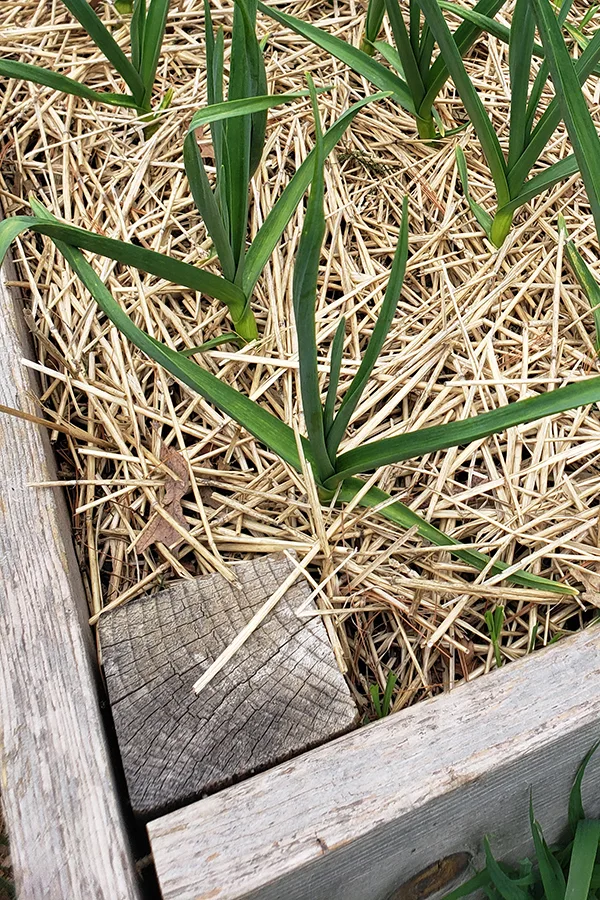
Check the corners for loose screws, nails, or brackets, and tighten them if needed. This especially can be an issue if you live in a climate with below freezing winter season. The constant thawing and freezing can cause fluctuations and swelling in the soil and the materials themselves.
Wooden raised beds might start to warp or bend after a couple of years. If the damage is too extensive, consider replacing the boards altogether. While it might be a bit of a hassle, it’s a lot easier to do now before adding your plants. Moving and shifting boards can cause soil shifts, which can injure plant’s roots in the process.
Never use stains or paints on raised beds that might contain harmful chemicals. That is especially important if you are going to be growing food inside the soil of the beds. You don’t want anything toxic leeching into your soil and thus into your plants.
There are a few non-toxic wood treatments such as linseed oil on the market that you can coat boards with. These help prevent or slow down the damages caused by sun, rain, and wind exposure.
Take Care Of Mulch / Cover Crop
One thing is for certain, bare soil is an open invitation for weed seeds to take root. Because of this, it is highly recommended to add cover crops in the fall or early spring.
Cover crops like winter rye are planted in the fall while others like yellow peas are planted in the spring. Fall-planted varieties will grow and then become dormant over the winter months. Spring varieties can be planted early in the spring to protect the soil until planting time.
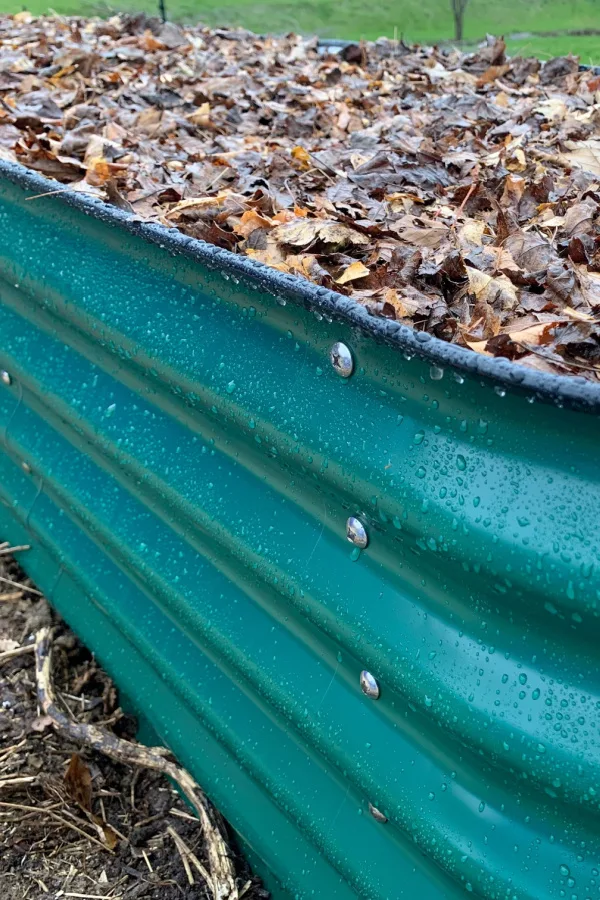
Once it’s time for you to plant, cut the cover crop short. You can do this with hand trimmers or even a string trimmer. After a few times, the crops will start to die. The organic matter left behind can be left as is or you can turn it back into the soil.
This organic matter will help to improve the composition of your raised bed soil. It will also add in vital nutrients that have likely disappeared during the previous growing season. The same process is true if you used an organic mulch to cover any bare soil.
You can turn grass clippings or shredded leaves back into the raised bed soil in early spring prior to planting. You can even add them fresh in early spring and work them into the soil. The more organic material you add, the better your soil will be for growing.
Replenish Nutrients
This next tip in preparing your raised beds before planting is probably the most important one of them all. Replenishing the nutrients and beneficial bacteria within the soil is a must to keep soil fertile.
When you grow fruit, vegetables, herbs, and flowers, they take up and use nutrients from the soil they are growing in. Just like humans need food and fluids to fuel them and give them energy, your garden plants need fuel as well to grow roots and foliage, create buds or blooms, and eventually produce fruit or vegetables.
With raised beds, the nutrients that are within the soil can quickly disappear during the growing season. Once those nutrients go, there is nothing left for the next years’ plants. That is, unless you refuel your soil!
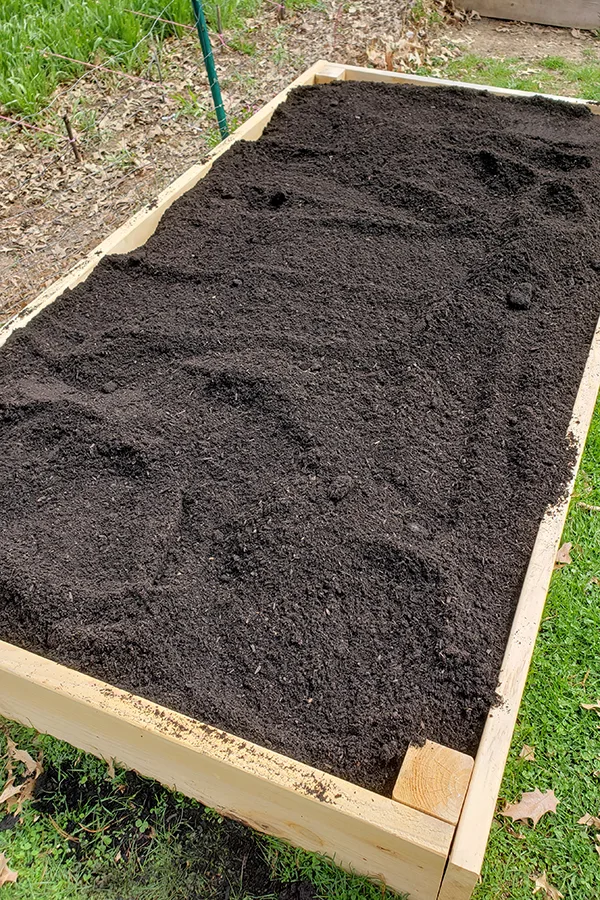
How To Replenish Raised Bed Soil
Thankfully, replenishing your raised bed soil isn’t difficult. In fact, if you plant a fall or spring cover crop, you are already well on your way to creating more fertile soil.
Beyond cover crops, the easiest way to power soil back up is compost. Compost is full of vital nutrients, organisms, and microbes. Whether you have your own compost to use or you purchase it from a garden center, it’s a must-add for raised beds.
Simply add or replace about 15-20% of your soil with compost each growing season. This amount will be perfect for giving the soil new life and making sure there are enough nutrients for plants and seedlings.
Another great way to help boost your depleted raised bed soil is by adding aged manure. While fresh manure is likely to burn delicate roots and foliage, aged manure is great for adding to raised bed soil.
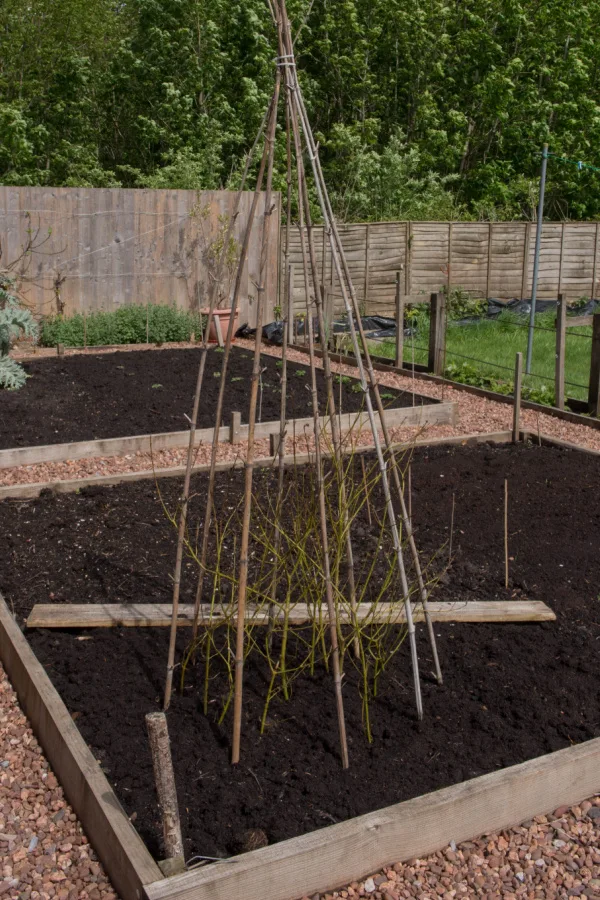
Just work in a few inches of aged manure on top of your soil in early spring or late fall. Horse, cow, rabbit, chicken, or goat manure is the best choice. Never use cat, dog, or other pet manure. These are liable to carry diseases and won’t be able to give you desired results.
If adding aged manure, add it at least 3 to four weeks before planting. It can still be hot and this will give it time to break down before plants go in.
Prepare Supports
If you haven’t already done so, create a simple plan of what plants you want to grow in each raised bed. Be sure to rotate your crops each year to help prevent disease and other growing issues with repeated plantings.
Once you know what crops will be going in each raised bed, you can go ahead and get your plant supports and trellises set up and attached to the beds. Doing this chore now before planting will allow you to bury the supports without worrying about damaging new roots or plant growth.
Now that your raised beds are mended, the soil is re-energized, and your supports are ready, you just have to wait until the outside temperatures and the soil temperatures warm up enough for planting!
Follow Our Facebook Page For Even More Great Tips! Simple Garden Life Facebook Page
Simple Garden Life is a website dedicated to keeping gardening fun, simple and enjoyable! We publish two new articles each week along with a new garden podcast episode every two weeks. This article may contain affiliate links.
